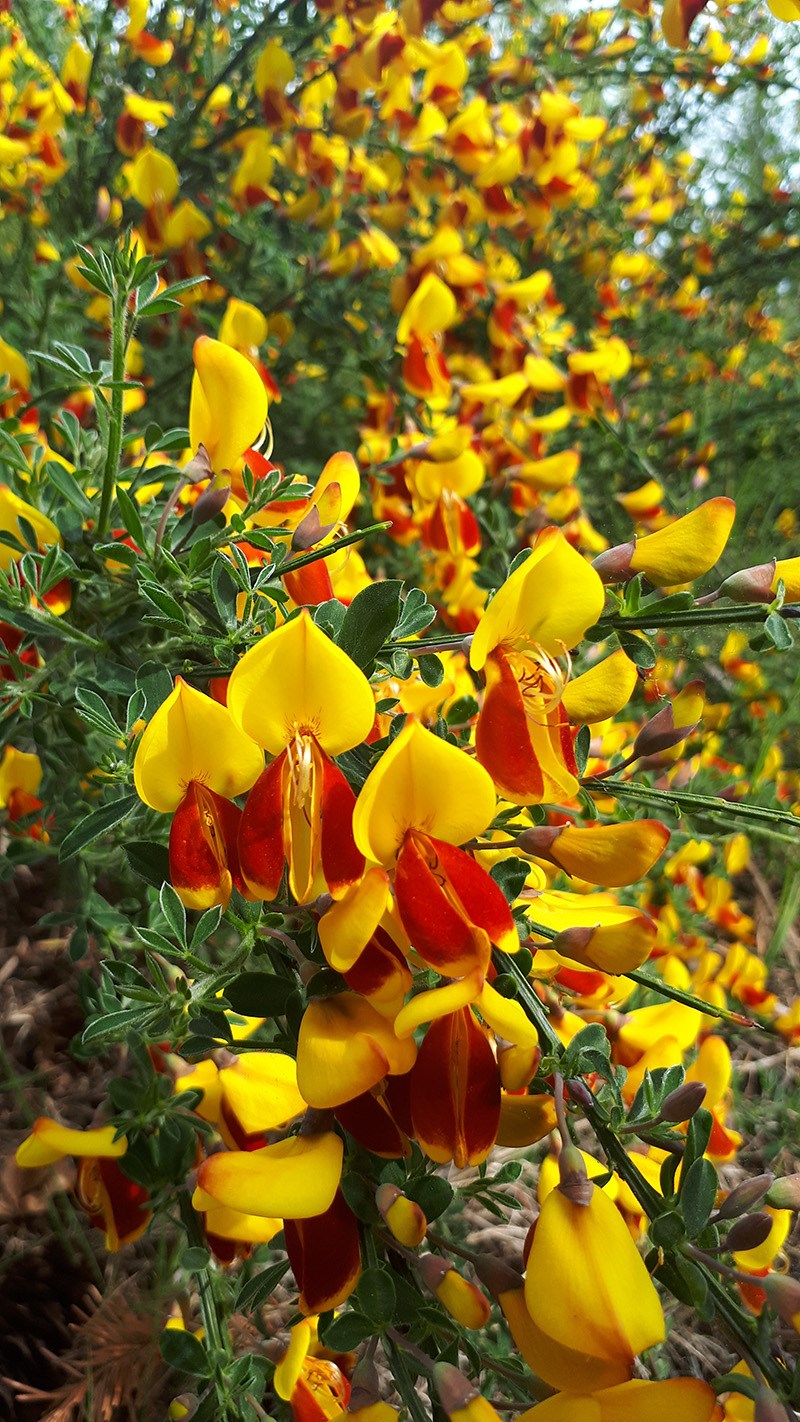We could debate all day about whether or not a dandelion is a weed, and some green thumbs do. Some would say a weed is any plant that is not desired in a particular environment; others would describe them as plants that volunteer in disturbed soil.
Whatever your definition, there are some plants whose qualities have granted them infamy on the list of invasive species. These tend to be hardy, tough to outcompete, or have qualities that are unpleasant or dangerous, like thorns or toxic sap.
Some of the more common invasives in our region include blackberry, ivy, giant hogweed, knotweed, butterfly bush and broom, to name a few. A more complete list can be found on the qathet Regional District website along with mugshots of the most wanted species.
It is important to do your research before running out to the yard to pull and haul, though. Some weeds should not be handled, like the giant hogweed with its photo-reactive sap, or Japanese knotweed, which must be treated in place with an injection. One solution we all know to avoid is dumping weeds and yard waste in the wild. More of us are becoming aware that this type of illegal dumping not only spreads invasives, but also has the effect of creating a dump site for more obvious waste, such car tires and old mattresses.
Even seemingly harmless mounds of grass clippings left along trails act as a subtle advertisement that it is okay to dump there.
A fun tip when it comes to grass clippings is that leaving grass on your lawn provides it with free mulch and fertilizer. The clippings provide a layer of protection from evaporation so the lawn doesn’t need as frequent watering while also offering nutrients for the soil as it breaks down. Finally, it’s a great excuse not to rake the lawn.
Once identified, how are we to deal with invasives?
Every year several community events address these pesky plants on a region-wide basis. Broom Busters is a volunteer organization led by fire chief Terry Peters, as broom is also a highly flammable understory. This time of year, when broom is in bloom, the public is encouraged to pull small plants from their roots and cut larger ones just below soil level. These should then be properly transported to disposal facilities.
Another annual tradition in the region is the Invasive Species event hosted by the regional district at its maintenance facility at 2815 McCausland Road. Free drop-off of invasives is happening all of May on weekdays from 8:30 am and 4 pm (excluding the lunch hour). Yard waste is excluded, and materials need to be properly secured before transportation to the site to avoid broadcasting along highways. A curtain burner will be used to fully eradicate the materials collected.
If your household misses the free drop off event in May, backyard burning is not an option as there are burn bans in place. Augusta Recyclers does receive yard and garden waste at a significantly lower tipping fee than garbage, so it is good on your wallet to sort these materials out.
Enjoy this season of clearing and planting, while also considering the bigger picture of socially responsible disposal.
Let’s Talk Trash is qathet Regional District’s waste-reduction education program.



